Today, on Science with Impact, how do we break down the walls between disciplines to create truly transformative STEM education and research?
This week, we explore:
- Prof. Juana Mendenhall's ingenious approach to interdisciplinary mentorship at Morehouse College, where she's developing the next generation of diverse STEM leaders through bidirectional learning and identity cultivation.
- Our Question of the Week tackles publishing challenges for boundary-crossing research and
- I share a personal story about pivoting presentation plans that unexpectedly highlighted our client's broader impacts.
Understanding these interdisciplinary approaches isn't just academically interesting—it provides practical frameworks for maximizing your research team's societal impact while creating more inclusive pathways into science.
Impact Spotlight 🔦 Juana Mendenhall, Ph.D.
When Prof. Juana Mendenhall arrived at Morehouse College, she faced a unique challenge:
Rather than seeing this as a limitation, she transformed it into an opportunity to reimagine research training completely:
When an engineering student comes to me saying 'this is my major, this is what I'm interested in'—ha! I have a project for you. - Prof. Mendenhall.

Her lab ingeniously bridges disciplines by developing 3D scaffolds and hydrogels (materials that swell in water) while teaching students to measure their mechanical properties. This approach connects chemistry with mechanical engineering in practical, hands-on ways.
The results speak volumes. Under her mentorship, students like Isaiah Frazier and Khari Rivers have overcome initial setbacks to win "best overall research" awards and place in prestigious poster and research competitions. Her innovative research literacy approach—where students first engage with scientific literature without rubrics, then gradually build structured analysis skills—has proven so effective that graduates report it prepared them exceptionally well for medical school and other advanced programs.
As Vice Provost of Academic Innovation and Learning and Walter Massey Professor at Morehouse, Dr. Mendenhall has pioneered a mentorship model built on five core principles:
- Bidirectional learning,
- Scientific identity cultivation,
- Adaptive mentoring,
- Research literacy, and
- Healthy time management.
This framework has begun reshaping how researchers approach STEM education.
Looking ahead, Prof. Mendenhall's integration of polymer synthesis with the NSF-funded Center for Chemical Innovation MONET, materials characterization, and additive manufacturing isn't just advancing tissue engineering and 3D biomaterials—it's creating the template for what inclusive scientific leadership looks like. She puts it with characteristic clarity:
One of my overarching goals is to make sure that I can create the next generation of Ph.D. scientists. - Prof. Juana Mendenhall
Listen first, mentor second! Prof. Mendenhall's bidirectional approach is transforming how we develop future scientists, along with interviews with her students for a Mentee's perspective.
Question of the Week 💬
When our research crosses boundaries, finding the right home for it can feel like searching for a unicorn. This challenge resonates deeply for future podcast guests Drs. Dancz, Trogden, Boyd, Stefl, and High about their blended learning community for STEM faculty.
Their team created something beautiful at the intersection of faculty development, graduate student mentorship, and online STEM education—then hit a wall trying to publish it.
We couldn't quite find a good fit... we didn't fit with faculty development journals because we wanted to highlight that postdocs and grad students were involved... we didn't fit with scholarship in teaching and learning because we didn't just want to talk about the course. - Abby Boyd, Ph.D.

Do you have a question about research translation or impact? Email us at impact@cuvettecollective.org, and your question might be featured in an upcoming newsletter!
From the Firm 📈 When Plans Pivot
This week, I found myself in that familiar dance of academic AdApTaBiLiTy. Our team with the Center for Molecularly Optimized Networks had meticulously crafted a beautiful presentation for our NSF Center's Year 4 review, highlighting our broader impacts across education, innovation, and science communication.
Then came the plot twist: administrative changes at the federal level suddenly shifted everything from in-person to virtual.
I'll admit it—I initially questioned whether our carefully designed materials would translate to a screen-based format.
But here's where it gets interesting: our Program Officer noted something that made me pause. Our broader impacts programming is considered so strong and evident, we were encouraged to focus our limited online time on intellectual merit instead.
What I realized is that 🚨 sudden pivots 🚨 can force a valuable prioritization exercise. When our presentation time was compressed, we had to distill our message to its essential elements and prepare more targeted responses to anticipated reviewer questions.
For research leaders facing unexpected changes, consider embracing these pivots as opportunities to sharpen your narrative rather than dilute it. The constraint of time or format often reveals which parts of your story truly resonate with stakeholders.
As we continue helping centers translate their complex scientific work into compelling narratives, I'm finding that sometimes the most impactful storytelling emerges precisely when we're forced to adapt on the fly.

It's a beautiful day to practice impactful science,

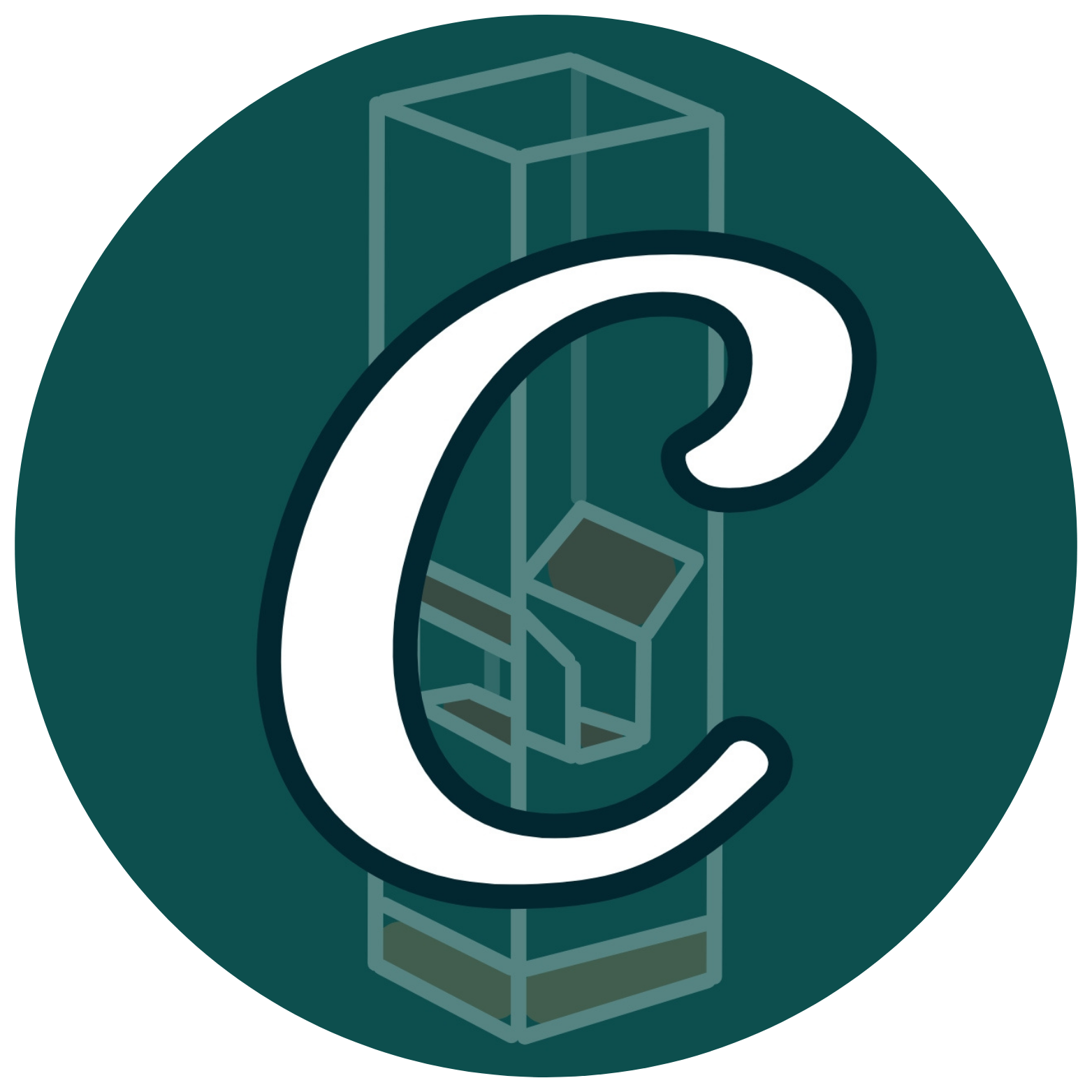

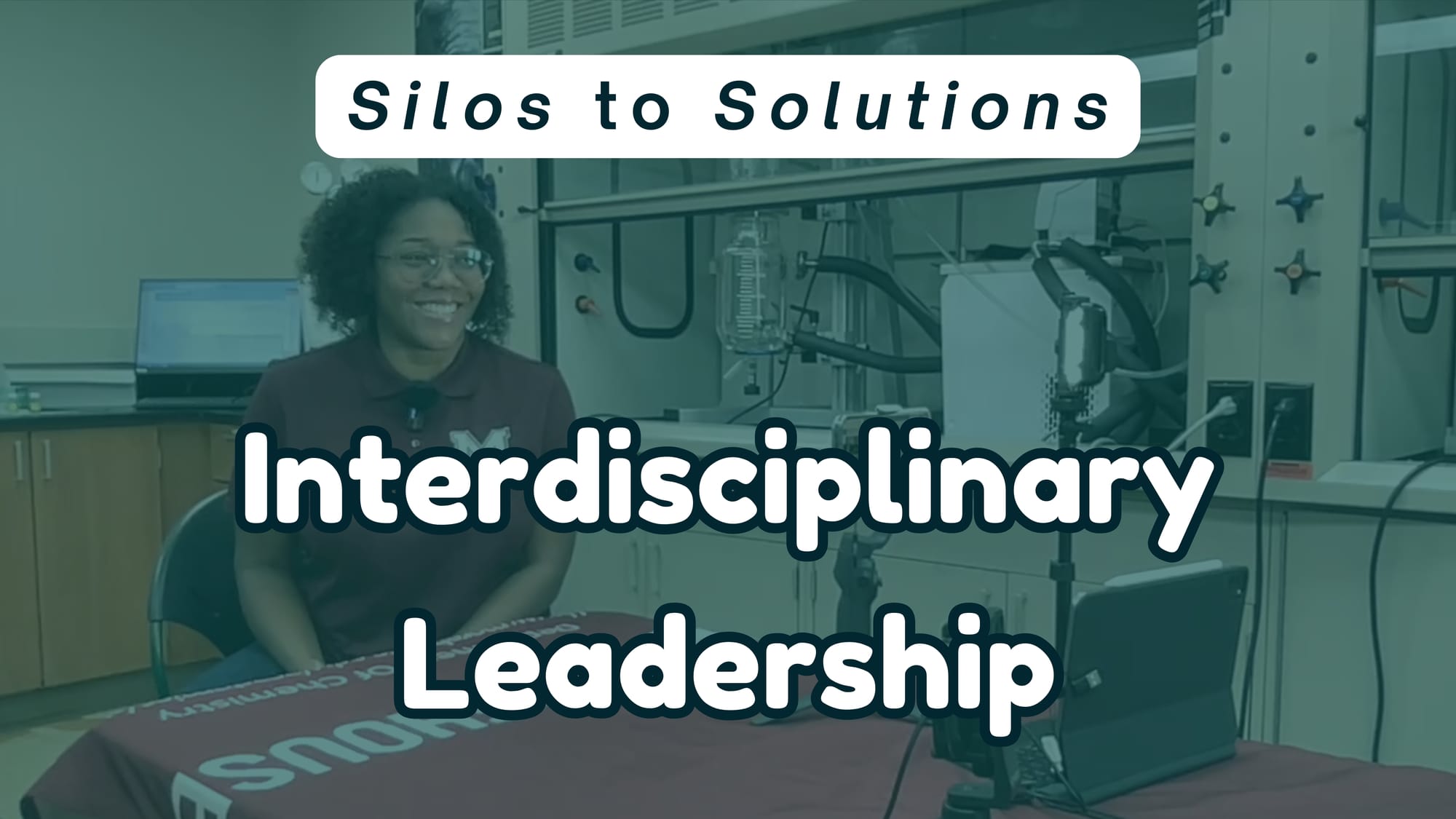
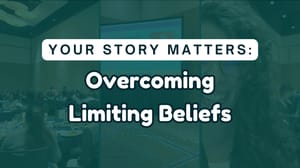
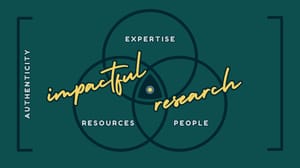
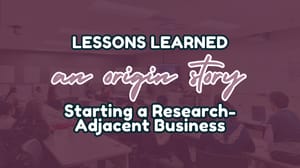

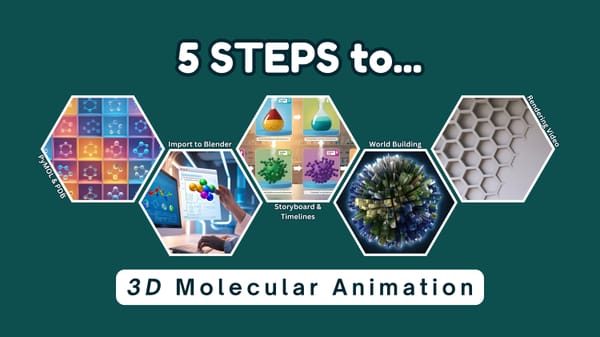
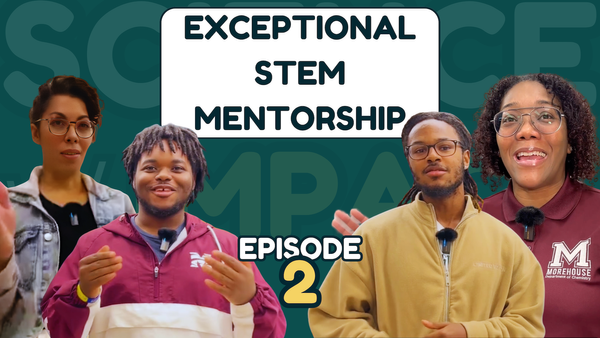

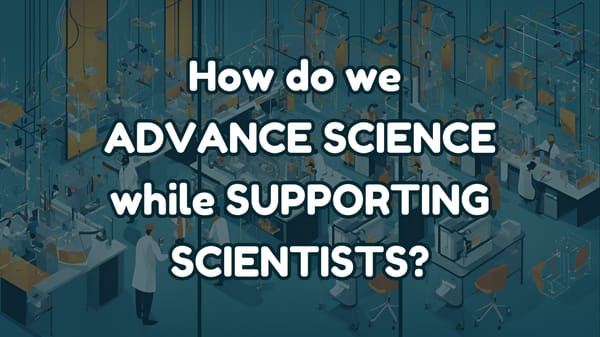
Member discussion